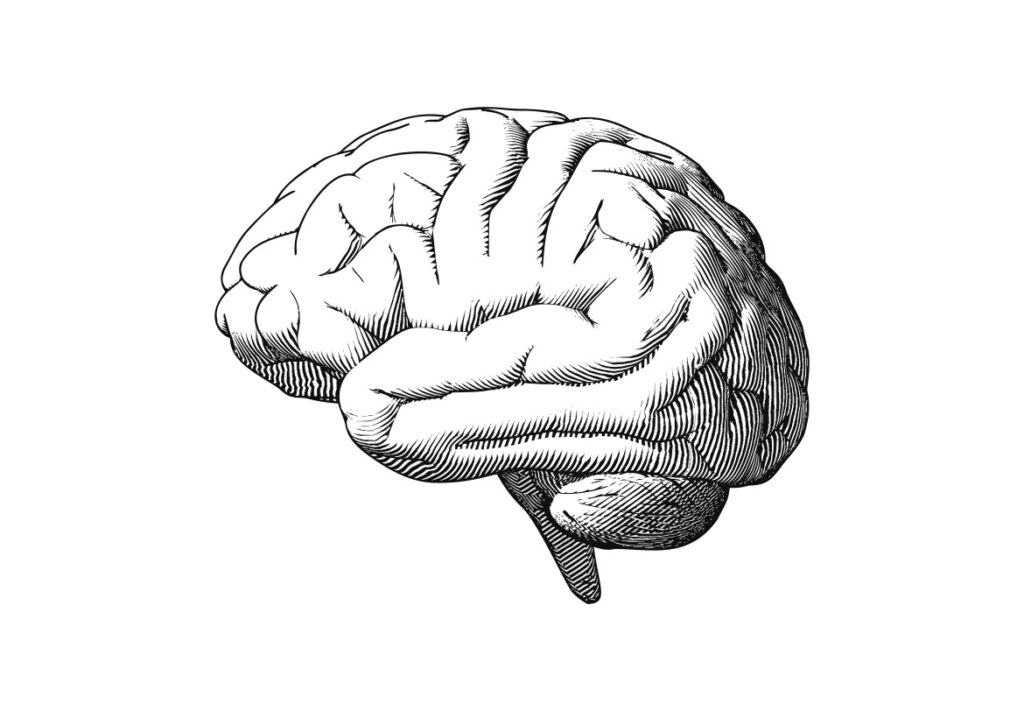Not too long after starting the low-glutamate diet, REID, I buried myself in research at the hospital library to further research the role of glutamate produced by the body (intrinsic glutamate) and why one might be more sensitive to dietary free glutamate. This is where I came across the brilliant studies and presentations by the neurosurgeon Dr. Russell Blaylock. Dr. Russell Blaylock directed quite a bit of his research toward the role of immune activation triggering excess glutamate in a process called immunoexcitotoxicity.
So what is immunoexcitotoxicity and what is the connection between these underlying or active infections (Lyme, PANS, PANDAS, EBV, HIV, etc.), mold exposure, EMF, and glutamate (click here for What is Glutamate)? According to Dr. Russell Blaylock, this underlying immune activation increases glutamate. Microglia are a type of glial cell located in the brain and the spinal cord. They act as the first and foremost* form of immune defense in protection against foreign invaders in the central nervous system (CNS). When the microglia are chronically activated (either from single stimuli or multiple stimuli such as vaccines, physical injuries, or chronic underlying infections), they create a surge in high levels of glutamate and inflammatory cytokines, which disrupts brain function and leads to neuron loss and cellular death. For those in the back, the immune response to the infection causes a surge of glutamate, which overexcites the brain and leads to imbalances in other neurotransmitters (GABA, serotonin, dopamine, etc.) and cellular death. When these glutamate levels reach a high enough level to kill cells/neurons from the immune response, this is considered immunoexcitotoxicity.
Interestingly enough, according to Dr. Russell Blaylock’s work, most viruses don’t directly damage the brain; they cause the brain to activate its glutamate receptors, its immune receptors, and cytokine receptors. This process is often referred to as a ‘glutamate storm’ and is actually what causes the damage, not the virus itself. Dr. Russell Blaylock has also said that if you block glutamate receptors in measles encephalitis, you have no damage. It is not uncommon for some of these underlying infections to start to utilize glutamate as its energy source. According to Dr. Reid, Ph.d., Borrelia (Lyme), yeast, and streptococcus are great examples of how pathogens can flourish in glutamate-rich environments. This creates a cyclical immune/inflammation/glutamate response, allowing for the infections to thrive.
For some, underlying immune dysfunction may be more advanced. There may be a form of autoimmune encephalitis present, where the body’s immune system attacks the brain by creating antibodies that mistakenly attack brain cells and or receptors. More specifically, Anti-GAD, Anti-NMDAR, Anti-GABA-B, Anti-AMPA, Anti-CASPR2, or Anti-LGI1 receptor encephalitis all lead to an imbalance between glutamate and GABA. These can be tested for with antibody markers via a blood draw.
The takeaway? Those with chronic underlying infections may become hypersensitive to glutamate. Allowing for even low levels of glutamate to trigger a response. According to Dr. Katie Reid, Ph.D., of Unblind My Mind, some cells can regulate back to ‘normal’ once a perceived invader is gone. However, some cells can take a long time not to be sensitive (chronically in stress response) once a stressor is gone.
As Dr. Russell Blaylock has said when one consumes free glutamate/MSG, the MSG alone can reactivate microglia and trigger the cyclical inflammatory immune response and cell danger response. This may explain why many with underlying infections and inflammation may not tolerate higher glutamate foods like gluten, dairy, soy, corn, and processed food. As a mom processing it, it makes sense to me. Restoring proper nutrient levels may also help calm this glutamate storm and restore proper immune function.
In addition to underlying immune dysfunction and immune activation, glutamate levels within the body will also increase in response to inflammation, gut dysbiosis, fungal and bacterial overgrowths, ammonia, propionic acid, heavy metals, parasites, trauma, screen time, etc. Certain gene SNP (like GAD and SLC25A12 gene ) can also impair one’s ability to convert glutamate (excitatory) to GABA (the calming neurotransmitter), leading to excess glutamate. Additionally, there have been claims that using the herbicide Glyphosate, the primary ingredient in RoundUp, disrupts the body’s ability to metabolize glutamate, leading to excess glutamate.
Many families struggling with underlying infections may utilize options to help combat these underlying infections in addition to the diet. Some examples include herbal protocols, homeopathy, pharmaceuticals, intravenous immunoglobulin (IVIG), etc. While none of this is medical advice, I have created a list to help navigate additional ways to restore glutamate balance and calm this activation, https://nourishedblessings.com/lowering-glutamate-protecting-against-glutamate-damage/
